Comprehensive Strategic Partnership: A “Support” for High-Tech Capital Flows from the US to Vietnam
The interest of the US business community in the Vietnamese market is increasing, after the Comprehensive Strategic Partnership was established by the two countries. Ms. Winnie Wong, Vice President of the American Chamber of Commerce in Ho Chi Minh City (Amcham), discussed the latest moves of US investors in Vietnam.
 |
| Ms. Winnie Wong, Vice President of the American Chamber of Commerce in Ho Chi Minh City (Amcham) |
What do you think about the recent wave of new investment from the US to Vietnam?
We have seen a number of significant investments by US-based companies in Vietnam’s high-tech sector in recent times. Notably, Amkor Technology recently inaugurated the largest chip manufacturing plant in the North, with an investment capital of 1.6 billion USD.
Other prominent US companies in the semiconductor industry such as Lam Research and Marvell have also announced plans to invest in semiconductor manufacturing and expand their footprint in Vietnam.
During a recent visit to Vietnam, executives from NVIDIA and Apple expressed their interest and appreciation for Vietnam's potential in this important manufacturing sector.
American investors are turning their attention to Vietnam’s energy sector. AES Corporation recently received approval to invest in the Son My LNG Terminal Project, a joint venture with PetroVietnam, with an investment of $1.4 billion. The approval follows the approval of the additional Son My II Gas Power Project last year, with an estimated investment of $1.8 billion.
In the food and beverage sector, Suntory PepsiCo, a member of ours, has started construction of the largest and most modern factory in Asia-Pacific, with an investment of 300 million USD, the company's 6th factory in Vietnam.
Similarly, Coca-Cola is also building a fourth factory in the South, with a capacity of 1 billion liters/year and an investment capital of 136 million USD.
In the manufacturing sector, earlier this year, TTI Group announced plans to invest up to 650 million USD in building production, research and development facilities in Ho Chi Minh City.
In 2024, the US-ASEAN Business Council delegation to Vietnam was the largest ever, with more than 50 companies from a wide range of industries. In addition, recent investments in the consumer retail and healthcare sectors by US companies such as Bain Capital and Warburg Pincus have demonstrated Vietnam’s growing appeal.
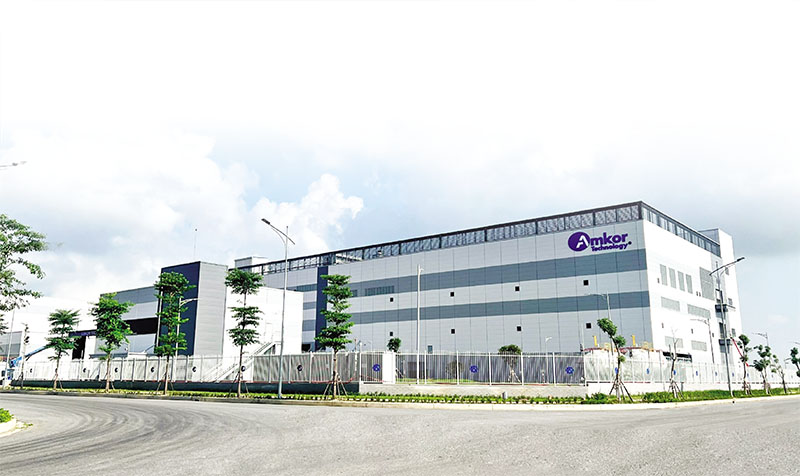 |
| Amkor Technology (USA) has just inaugurated the largest chip factory in the North, with an investment capital of 1.6 billion USD. |
So what are the opportunities for the aviation industry, AI, digital economy, creative economy and green energy transition in the future, madam?
US investor interest in Vietnam spans a wide range of industries.
We are encouraged by the recent decree from the Vietnamese Government on direct power trading – one of our key advocacy priorities over the past few months. We believe this is a significant step forward in accelerating Vietnam’s transition to green energy.
Vietnam is also well-positioned to take advantage of opportunities in AI. Earlier this year, Vietnam’s leading IT company FPT announced a $200 million investment in the field with NVIDIA.
Other Vietnamese technology companies are also actively researching and developing AI applications, bringing great opportunities for investors, while global technology giants such as Meta are deploying AI tools and services for the Vietnamese market.
Aviation is another area where we see great opportunity. Vietnam’s dynamic and growing aviation market is prompting airlines to invest more in capacity. Vietnam Airlines has announced that it will receive new aircraft from US manufacturer Boeing in the coming months.
On the manufacturing front, Boeing also announced earlier this year that it would increase component production in Vietnam, through one of its key suppliers.
To attract high-quality investors from the US, what factors should Vietnam pay attention to, madam?
We identify five essential elements to attract US investors to Vietnam.
The first and most important factor is the stability of government policies. It can be said that this factor has promoted Vietnam's outstanding economic achievements in recent years, and is an important foundation for an attractive investment environment, because businesses always support clear and consistent regulations.
The second factor is Vietnam’s positive economic performance and its expected growth strategy. The Vietnamese economy has shown remarkable resilience in the wake of the Covid-19 pandemic, returning to growth despite the current challenging global environment. We appreciate the Government’s efforts to be open to receiving input from key partners, including the US business community and other business associations, in shaping the country’s future development.
The third factor is a skilled and competitive workforce. This is crucial for manufacturing enterprises, giving Vietnam an advantage over many countries in the region. A highly skilled workforce is a tool to help Vietnam assert its central role in the global supply chain in many different industries.
The fourth factor, Vietnam’s favorable demographic trends, add to its appeal. A young, urban, educated population is ready to join the workforce, making Vietnam an attractive market for businesses across a range of industries. With rising per capita income and consumption, many companies will increase their opportunities to capture a larger market share in Vietnam.
The fifth factor, the potential for increased cooperation in trade, investment, technology, innovation and education between Vietnam and the US, significantly strengthens Vietnam's attractiveness as an investment destination.
Over the next few years, US businesses will continue to invest strongly and sustainably in the Vietnamese market, which is supported by policy stability, economic resilience, skilled workforce, favorable demographics, and bilateral, multilateral, and strategic cooperation relationships with other countries.
This will help Vietnam develop its economy and strengthen its position as a leading investment destination in the region.
How do you assess the importance of the Comprehensive Strategic Partnership that the two countries have achieved over the past year?
We welcome the signing of the Comprehensive Strategic Partnership (CSP) between the Government of Vietnam and the United States. This agreement is consistent with our mission to promote trade and investment between our two countries. AmCham stands ready to support both the Government and our members in advancing this partnership.
Over the past 30 years, trade, investment and economic growth have been the foundation of the strong bilateral relationship between Vietnam and the United States. The CSP further strengthens this foundation by committing both countries to continue to open their markets and address trade and investment issues within the agreed framework. This commitment gives businesses and investors more confidence in the potential of both markets.
Another important aspect of the CSP is the United States’ commitment to supporting the development of Vietnam’s physical and digital infrastructure, energy, and sustainable agriculture. These sectors are key to Vietnam’s growth and development, and represent significant opportunities for our members. Progress in these areas, supported by the United States, will undoubtedly spur growth and investment, which in turn will spur economic activity across a wide range of sectors.
The CSP also highlights Vietnam’s potential as a major player in the semiconductor industry. The Vietnamese government has made this sector a priority, seeing a need for significant foreign investment and support. The partnership includes commitments from both countries to enhance collaboration in innovation and high-tech workforce development. With strong and growing interest from global investors, we anticipate this sector to expand significantly in the coming years.
In addition, the CSP promotes cooperation in many other areas, including climate, defense, tourism and education.
Source: https://baodautu.vn/quan-he-doi-tac-chien-luoc-toan-dien-be-do-cho-dong-von-cong-nghe-cao-tu-my-vao-viet-nam-d220981.html








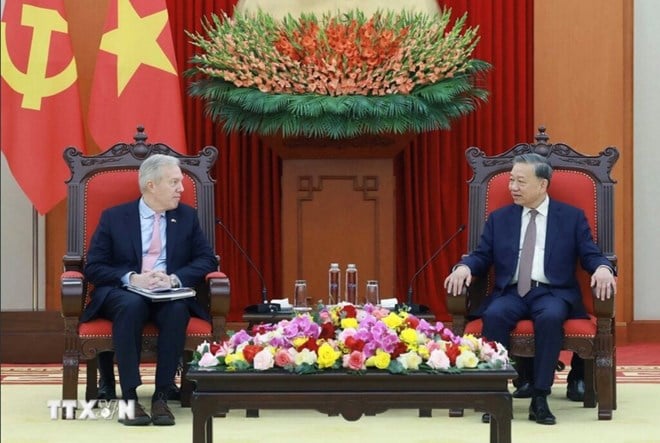

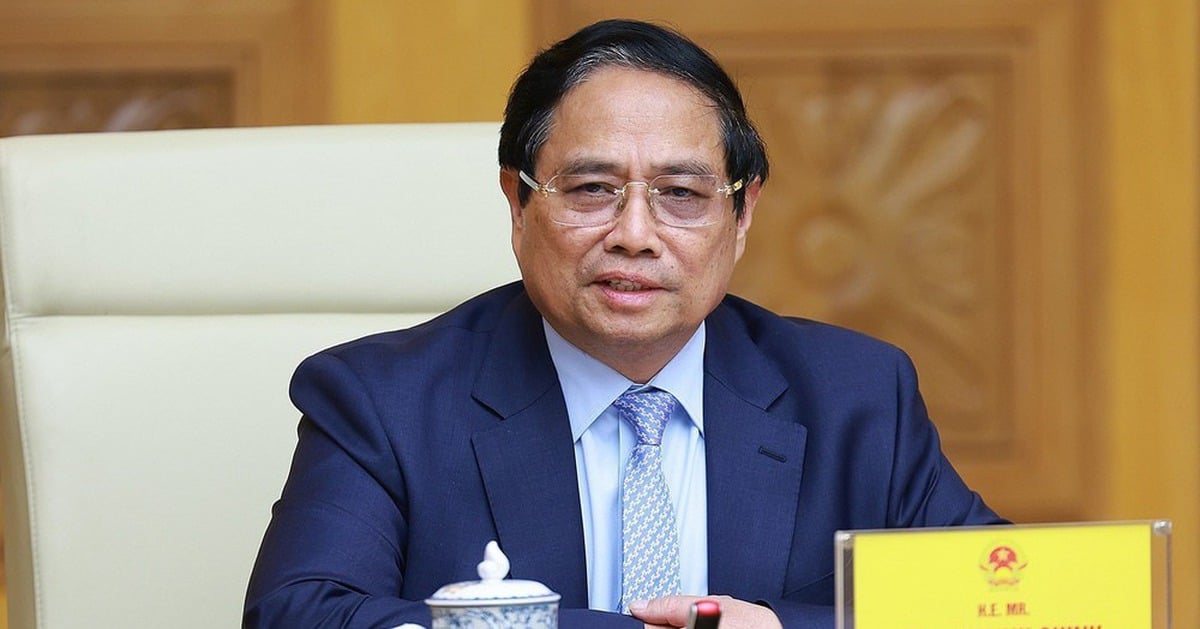

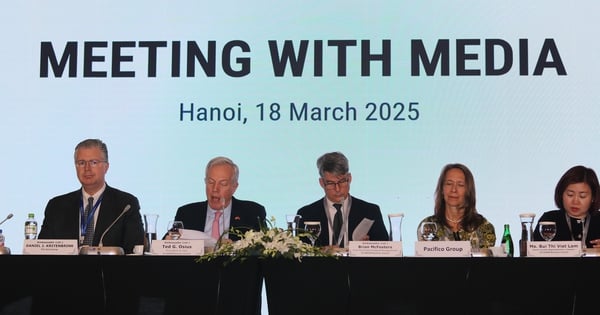

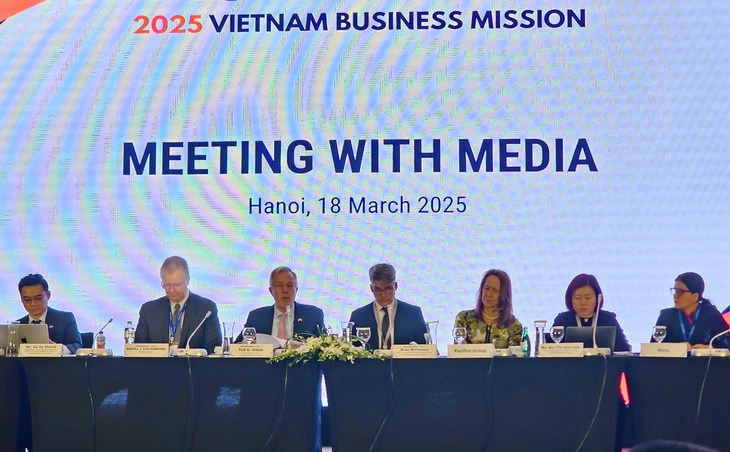

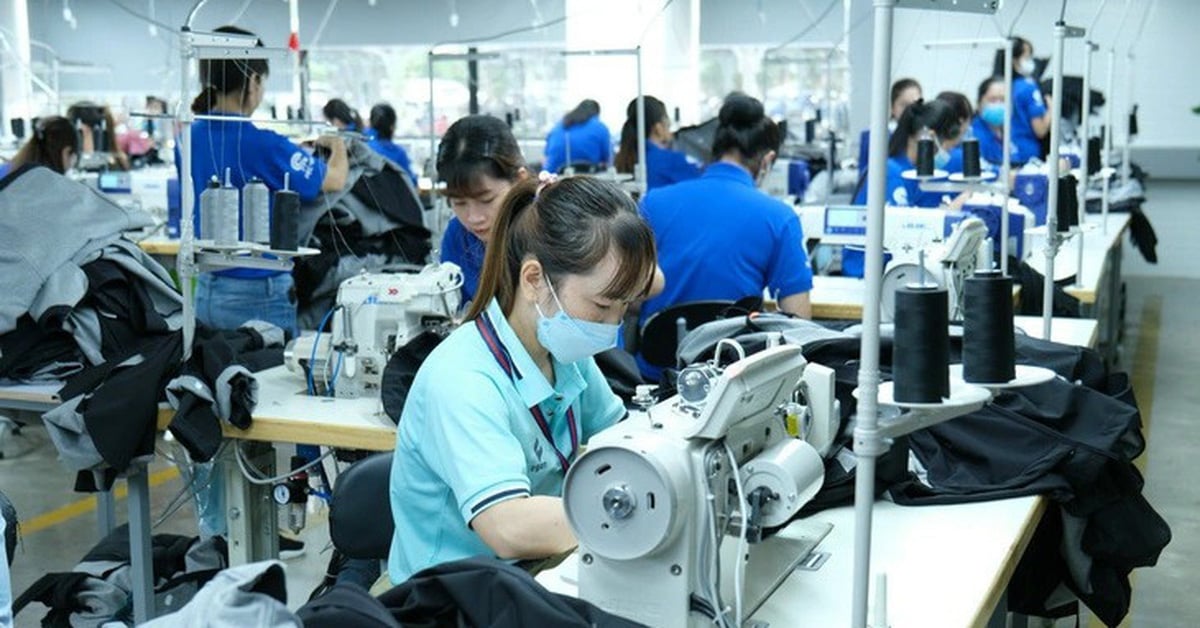
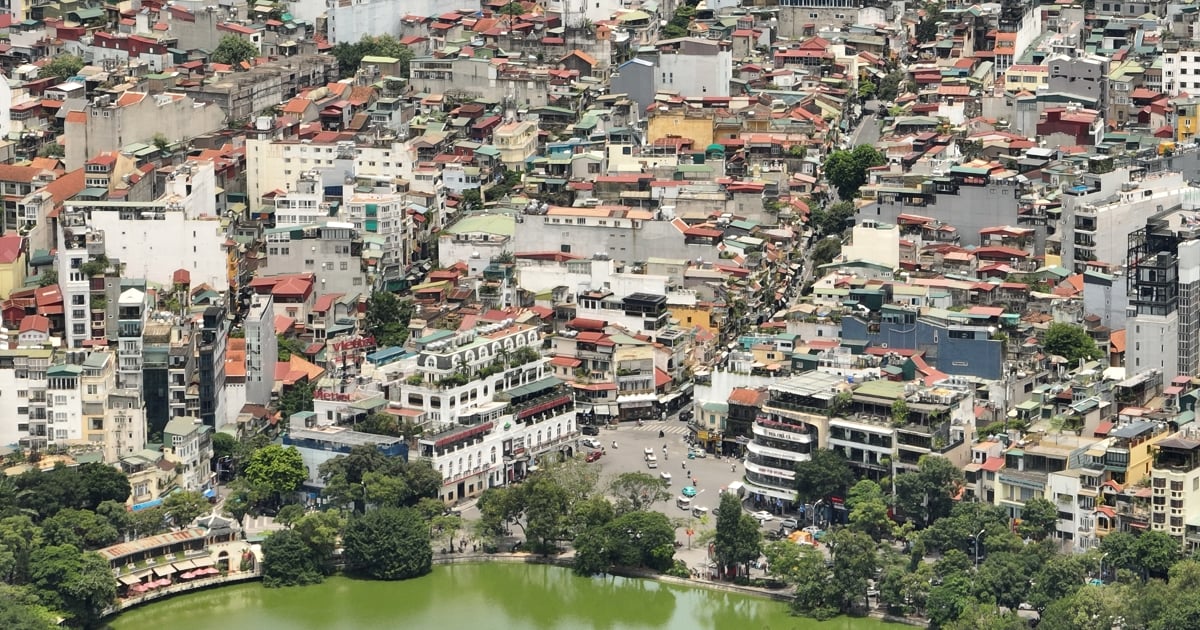
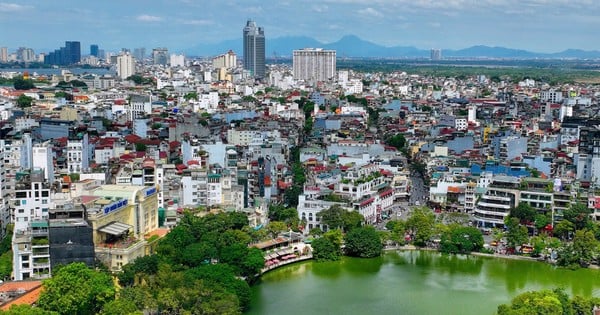
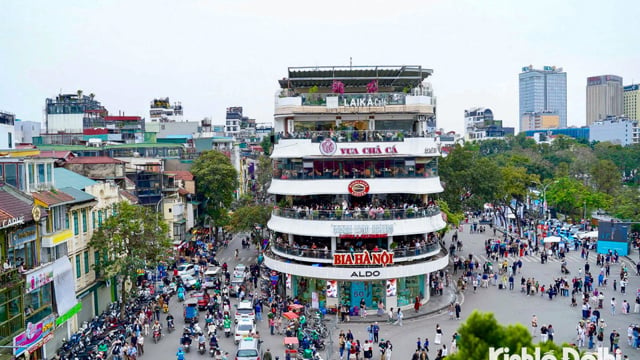
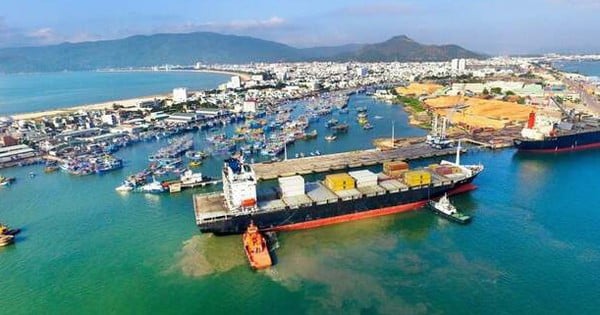

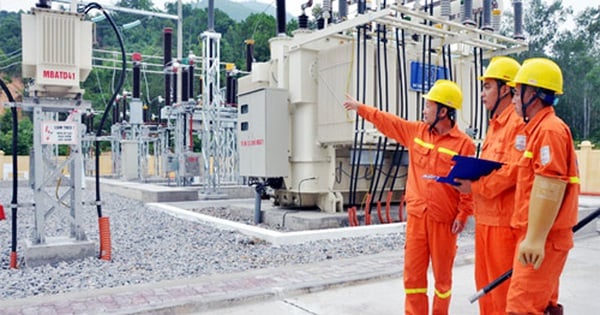





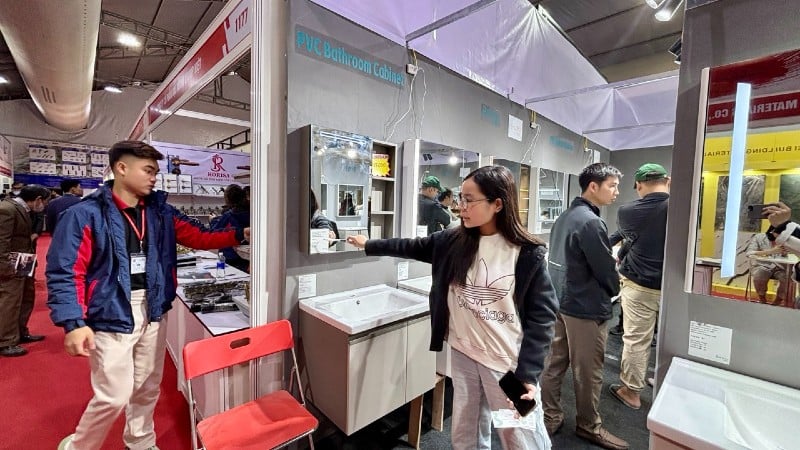
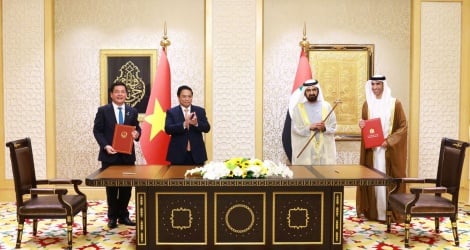

![[Photo] Villas in Hanoi have rental prices as cheap as apartments](https://vstatic.vietnam.vn/vietnam/resource/IMAGE/2025/3/20/4e79886d4929408d8932509e2f17c3df)
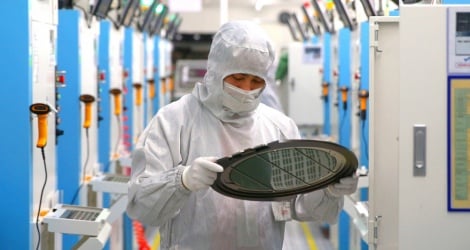

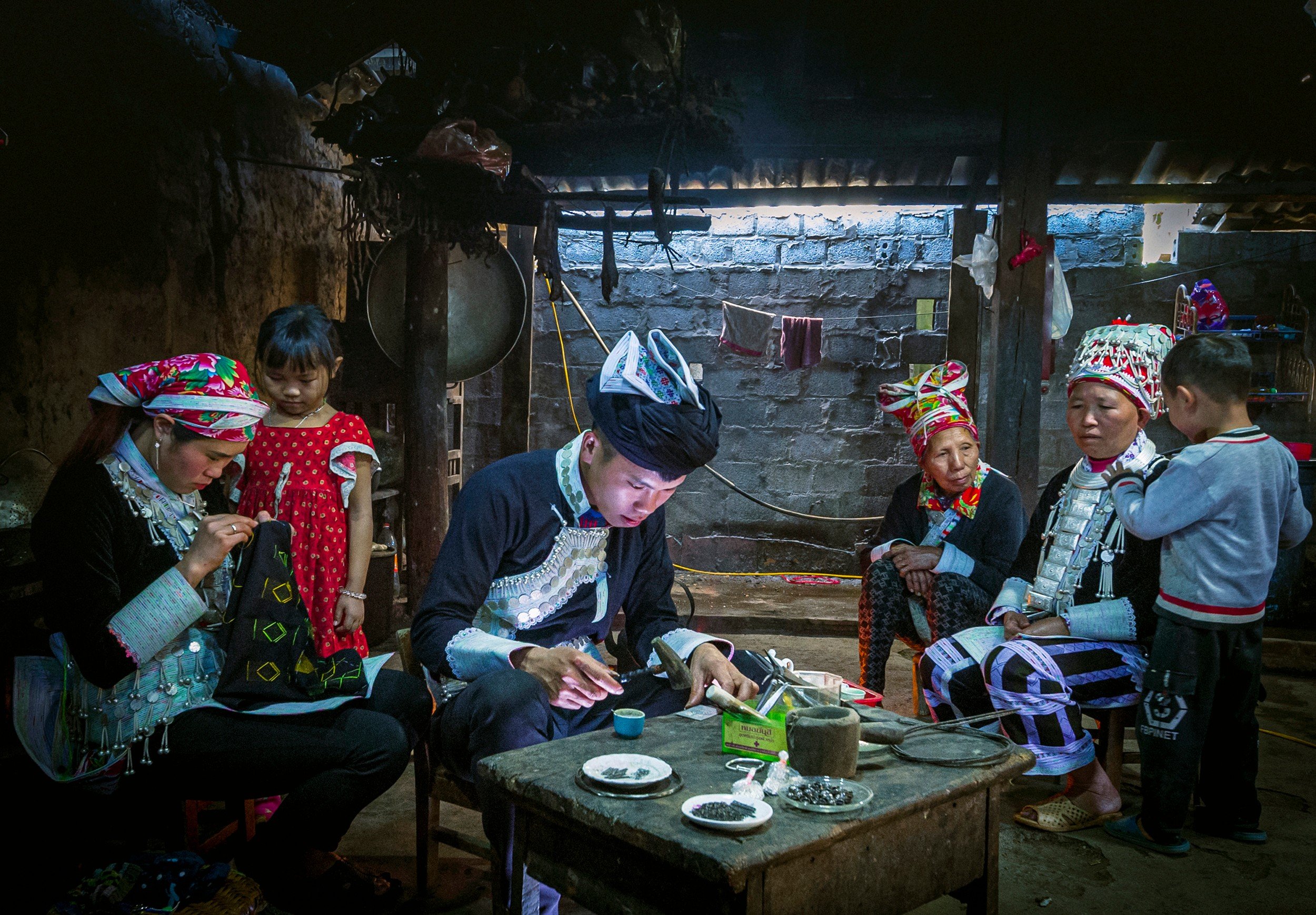



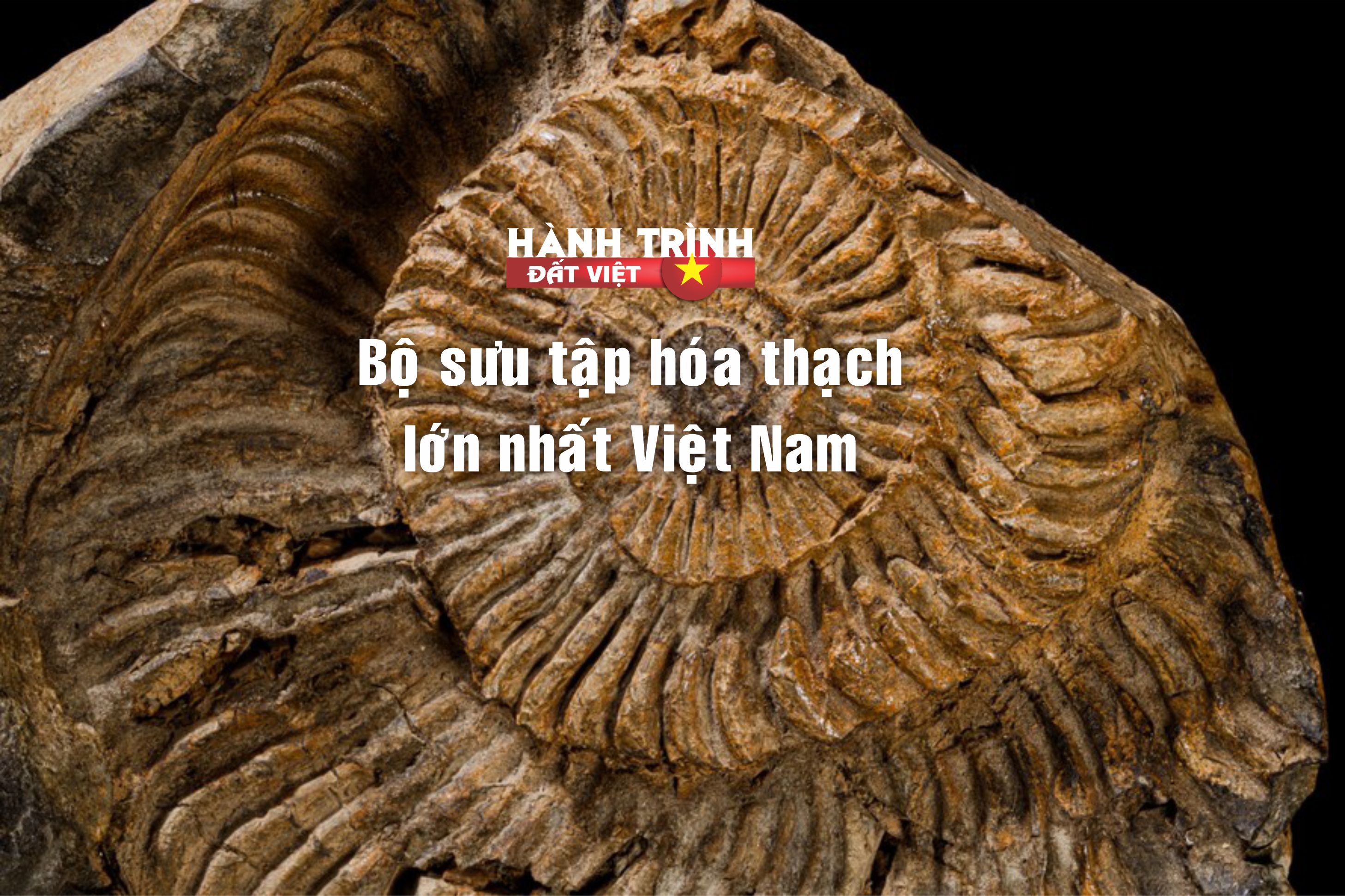




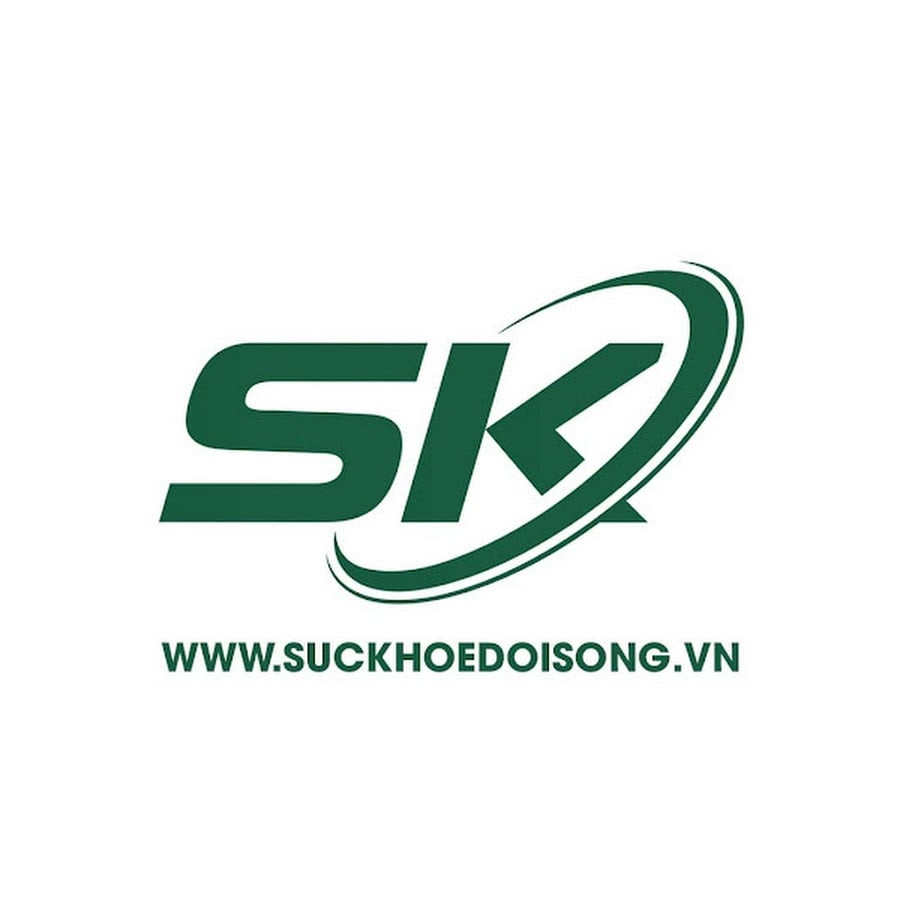






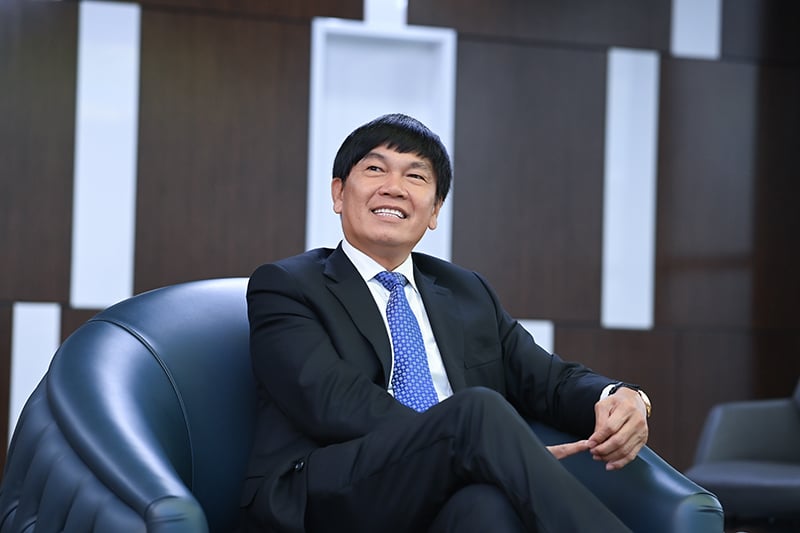
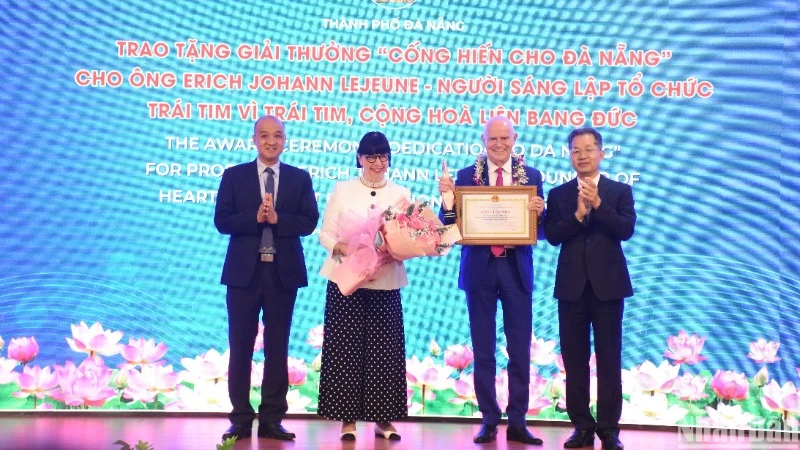



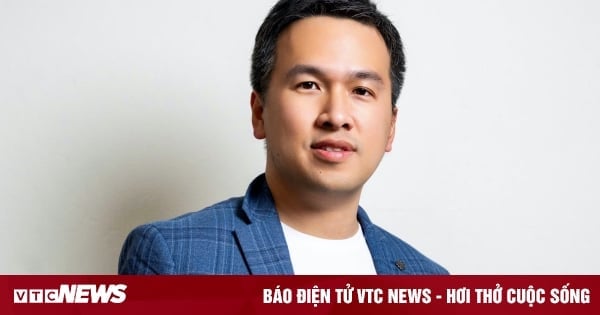

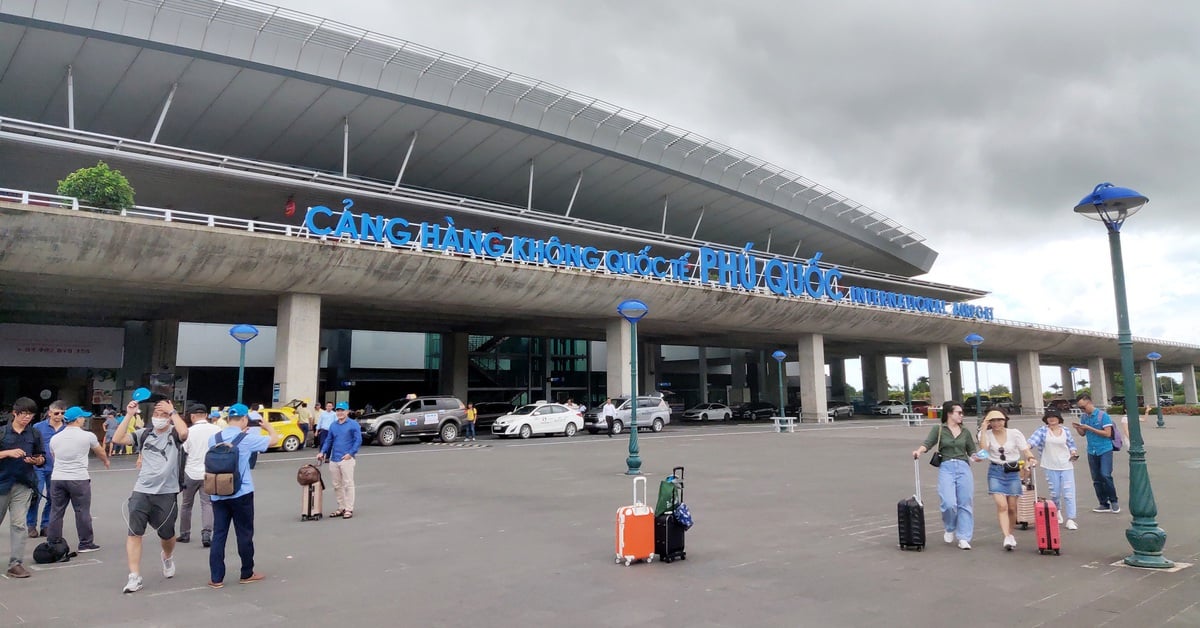
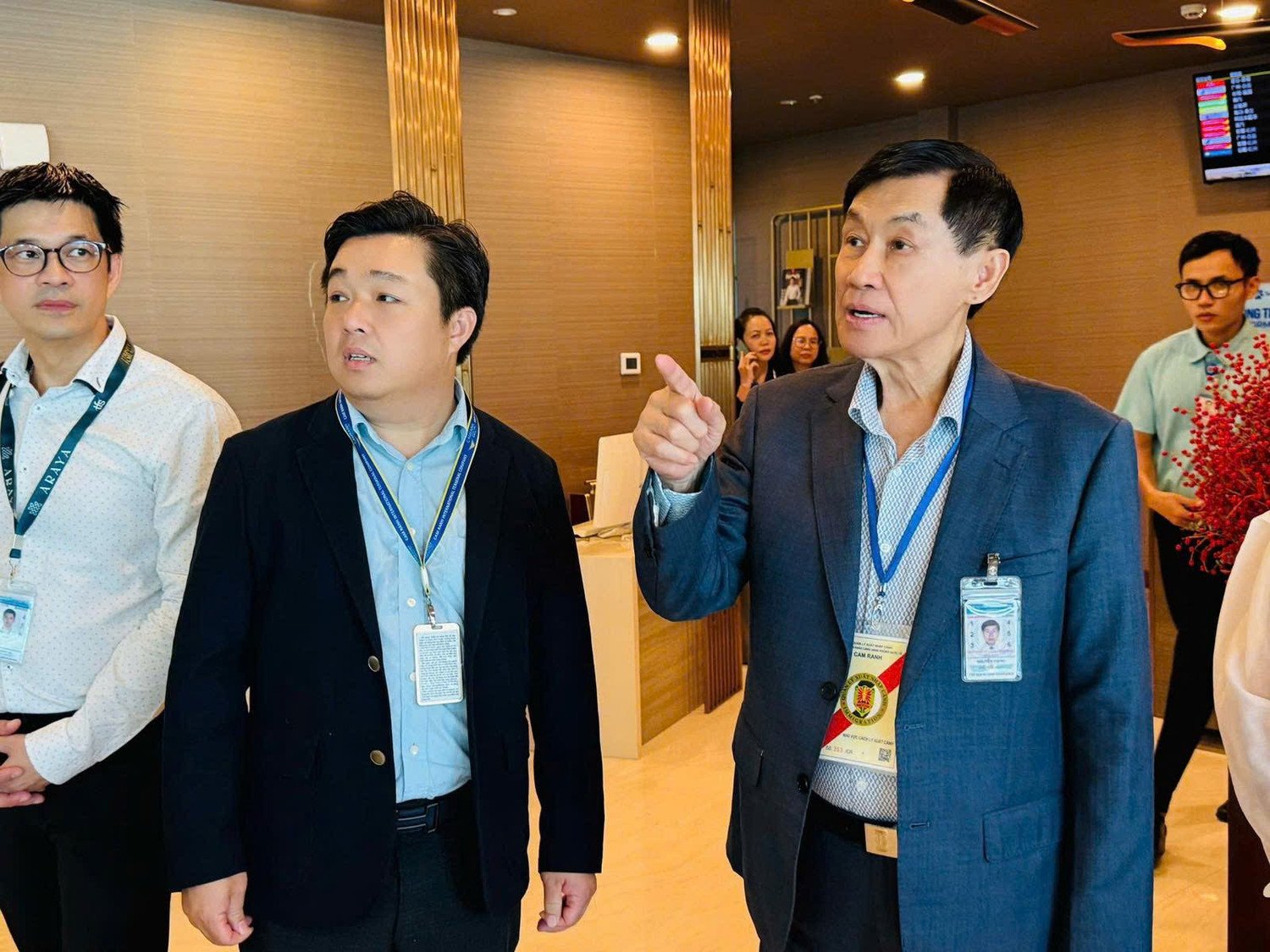

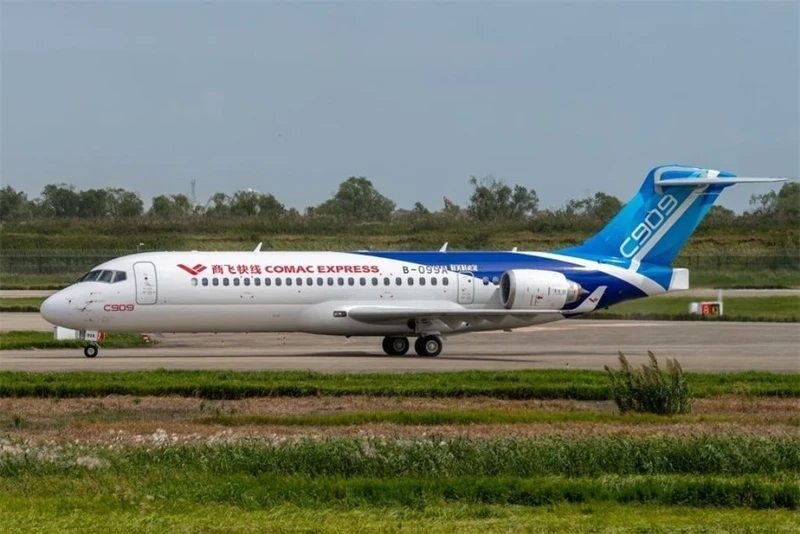


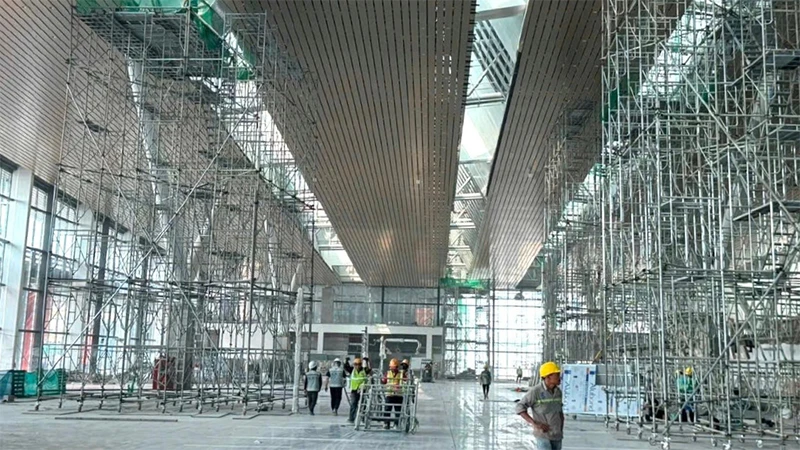


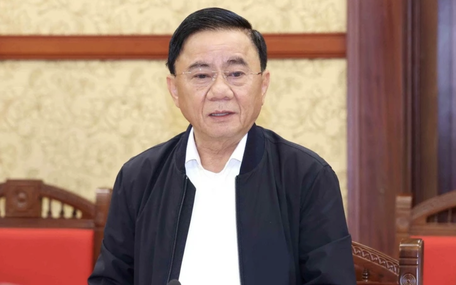
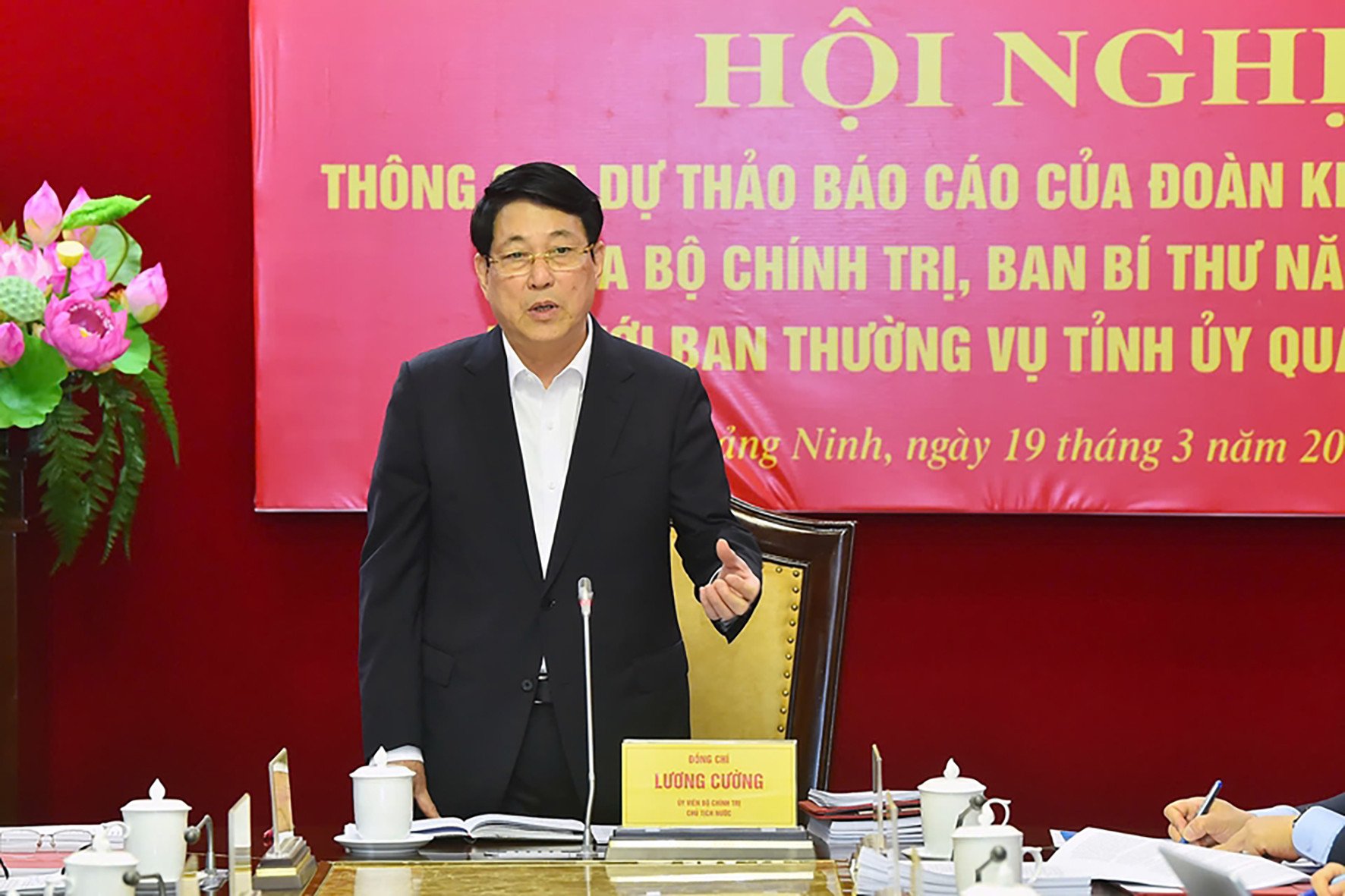

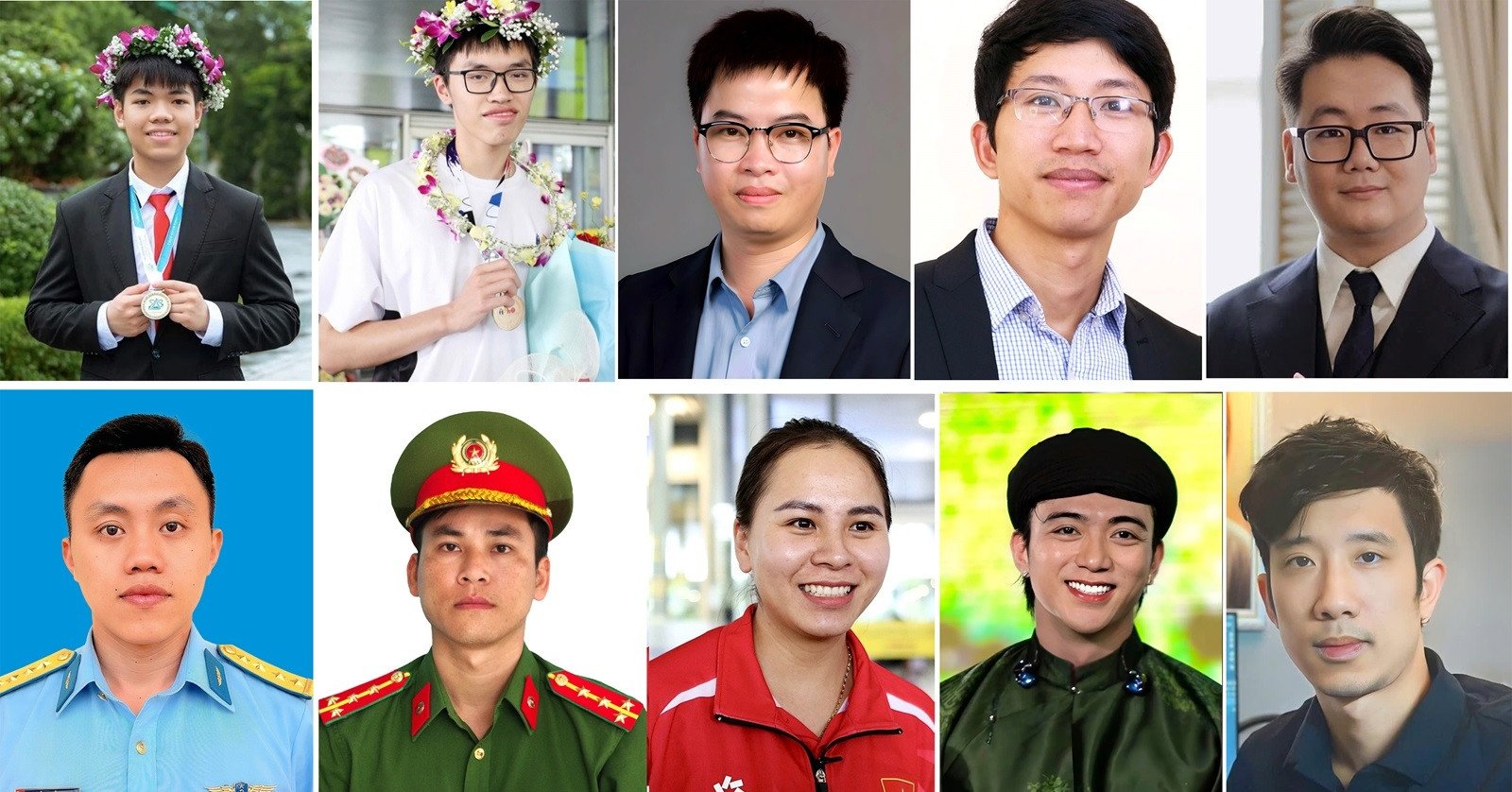





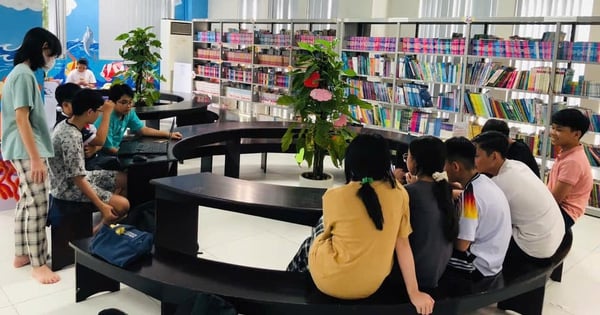

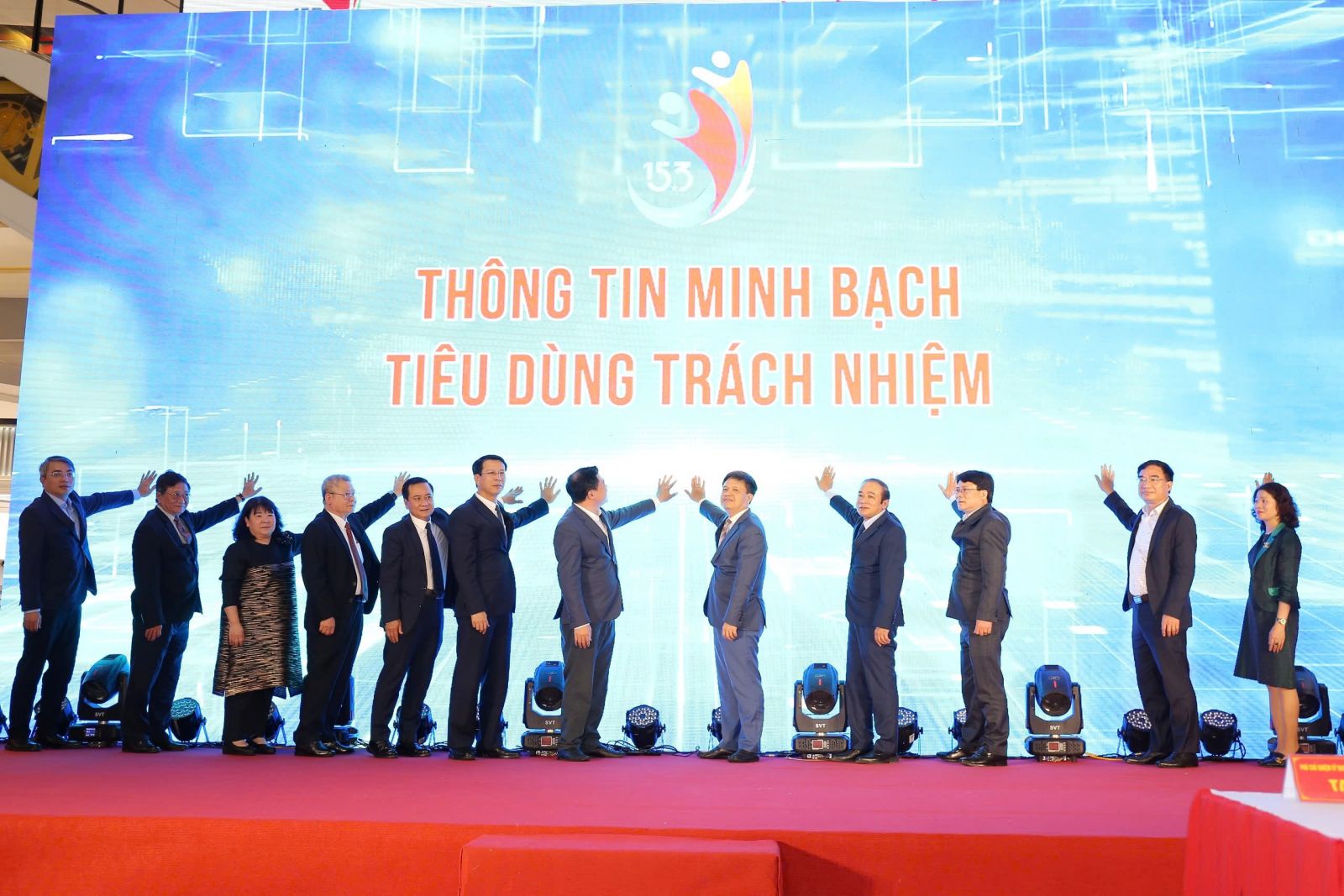

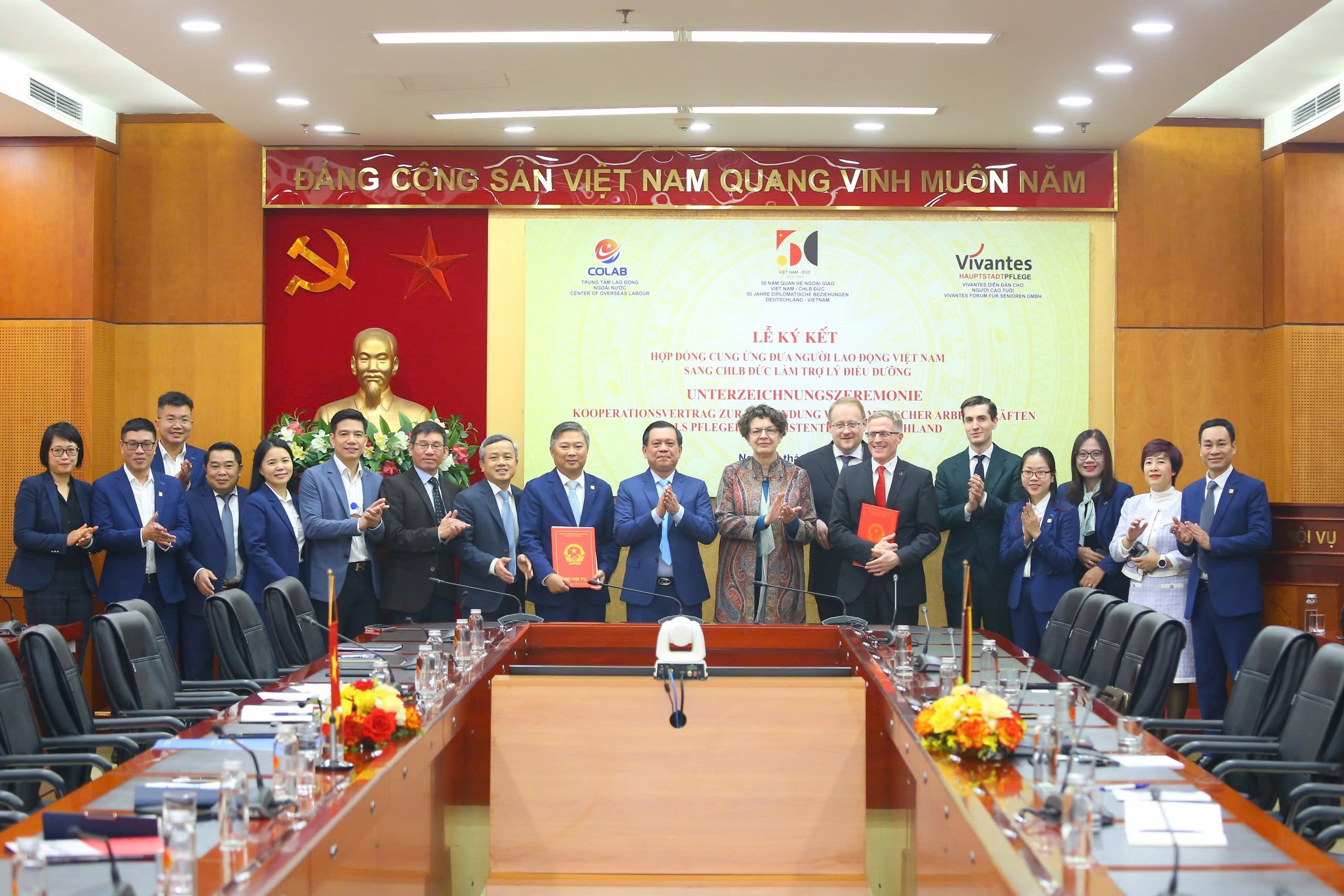













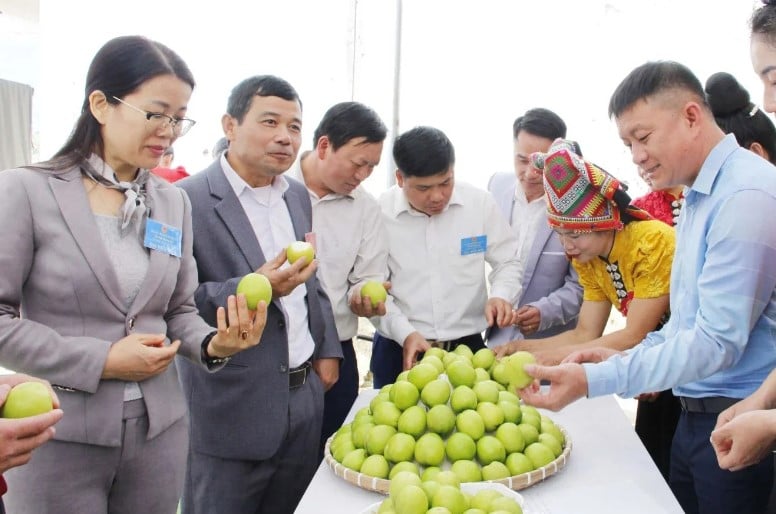
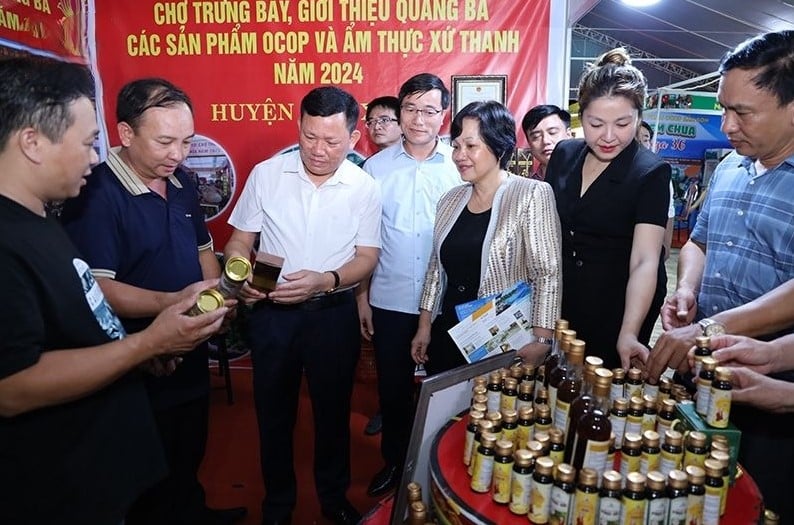

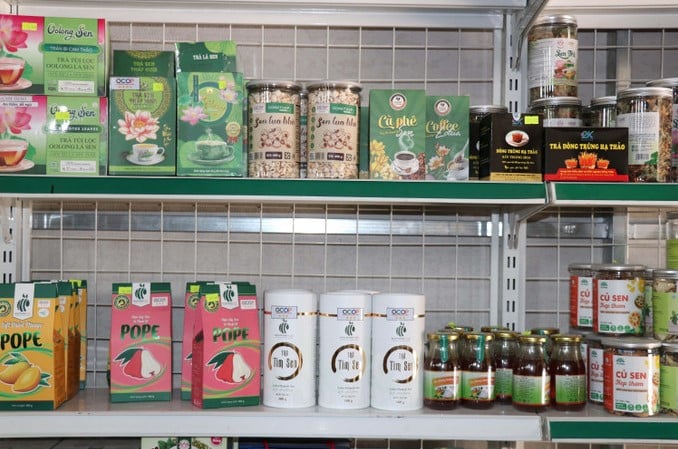
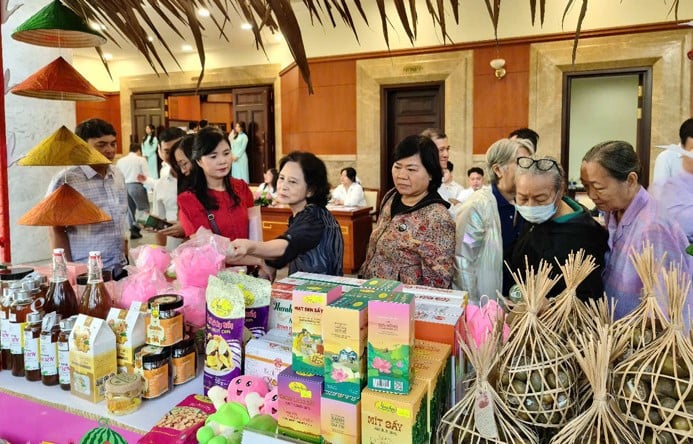


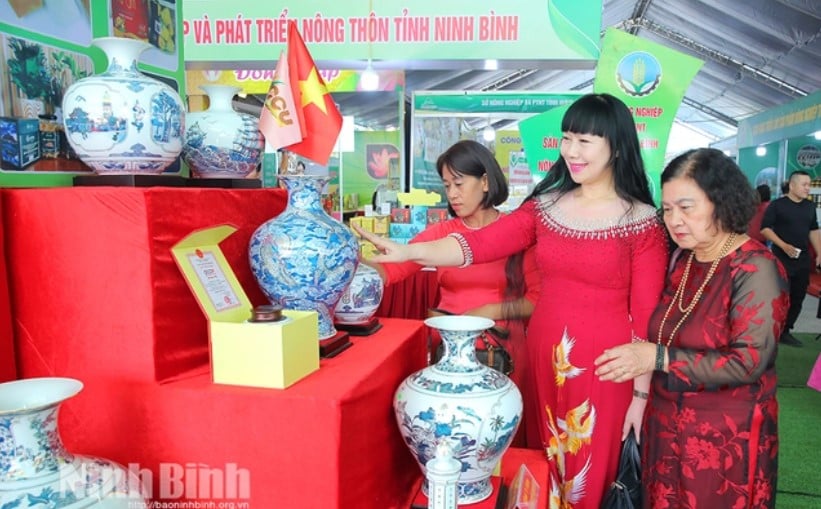

Comment (0)